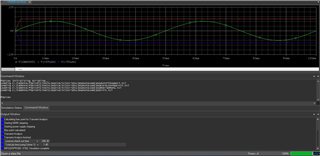Other Parts Discussed in Thread: INA821, TPS7A39, INA823
I use TPS7A39 to supply +-5V power supply to INA821, when I run Time Domain simulation, he says there is convergence, and it takes 20 seconds to calculate the solution, and can't perform noise analysis.
But the same circuit can be successfully simulated within 1 second when I switch to INA823 or directly input +-5V power supply to INA821 (without LDO), and can analyze noise.
Want to ask why?
I'm sure I meet the common mode voltage input requirements of the INA821.
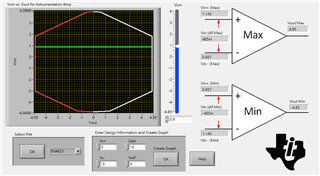

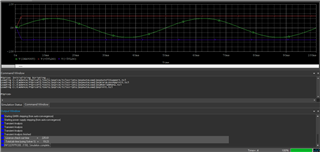
-------------------------------------------------------------------------------------
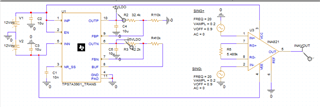
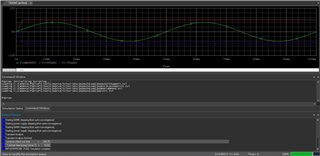
-------------------------------------------------------------------------------------

